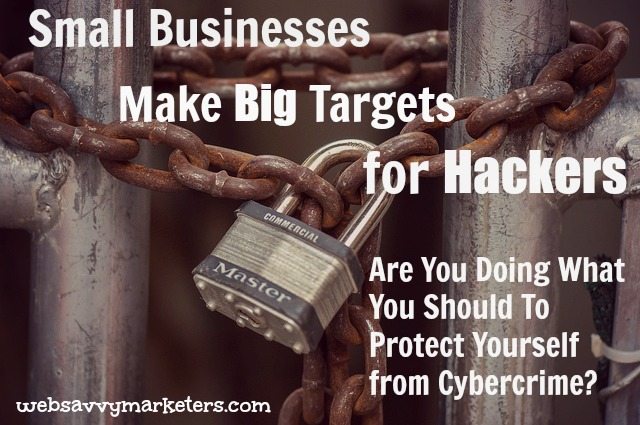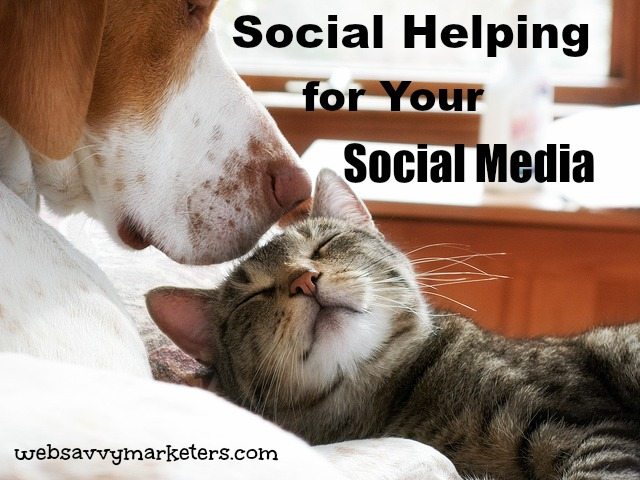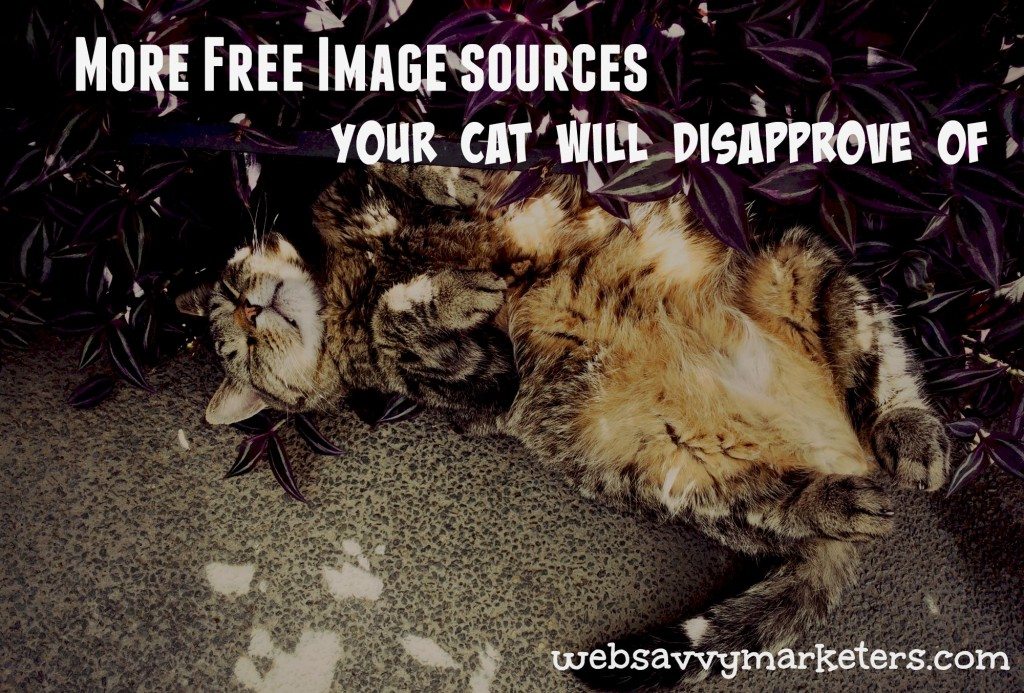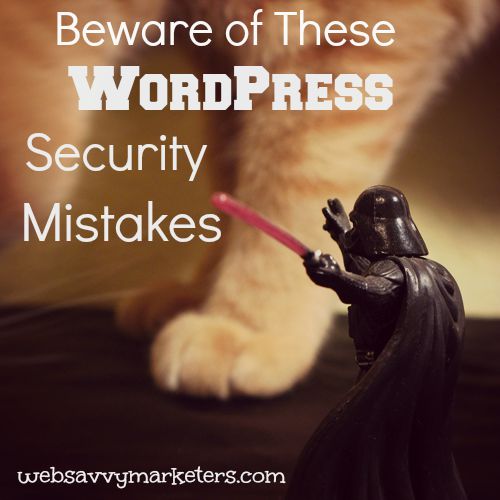
CCAT, CT Innovations, DECD, NETAAC, SBDC, STEP, etc., etc., etc. When it comes to marketing dollars for manufacturers, there’s no shortage of options. Each day, the manufacturers we work with receive emails informing them of opportunities. This is a good thing. However, understanding which program to use can be a bit overwhelming.
Some programs offer free money, some have a 50/50 match, others are low interest loans. There’s also the question of qualifying. Some money needs to be used towards international marketing, and in other cases, funding is based upon the size of your business or your business situation (work lost to an overseas competitor).
Then there’s the time involved in looking into the options. In fact, from state and federally run operations to manufacturing associations and other resources, there are more than 20 organizations with multiple programs to assist manufacturers in CT. The confusion lies in the myriad of choices as each one of these organizations has up to 3 different programs to choose from.
Save yourself time and access the most money by investigating all options. Contact Web Savvy Marketers to discuss your marketing needs and determine which funding program would work for you.





 Dispel the old image of manufacturing as “dirty, dumb, dangerous, and disappearing.” Show how work environments and skills have changed to incorporate highly advanced machines and processes requiring computer-savvy workers with multiple talents.
Dispel the old image of manufacturing as “dirty, dumb, dangerous, and disappearing.” Show how work environments and skills have changed to incorporate highly advanced machines and processes requiring computer-savvy workers with multiple talents.


